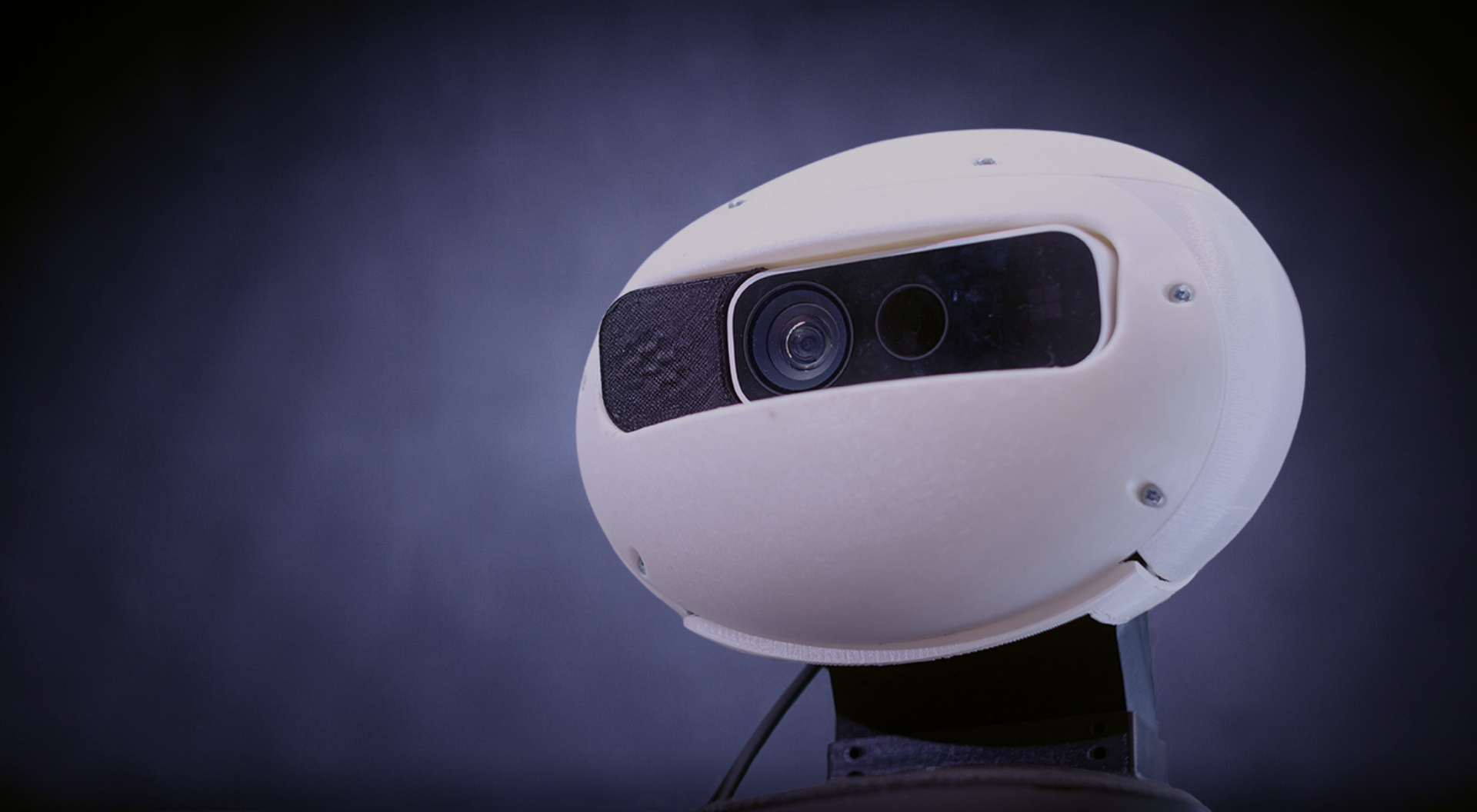
Human-like Robots or Robot-like Humans? New Dexterity is Bringing us Closer
New Dexterity, a research group located within the University of Auckland’s Faculty of Engineering is changing the game for robotics in New Zealand and across the world. Dexterity means having the skills to perform complex tasks that need fine motor control and movements, especially with hands. Our hands play a crucial role in being able to achieve small goals and complete basic tasks without help from others. New Dexterity is aiming to make both humans and robots more dexterous.
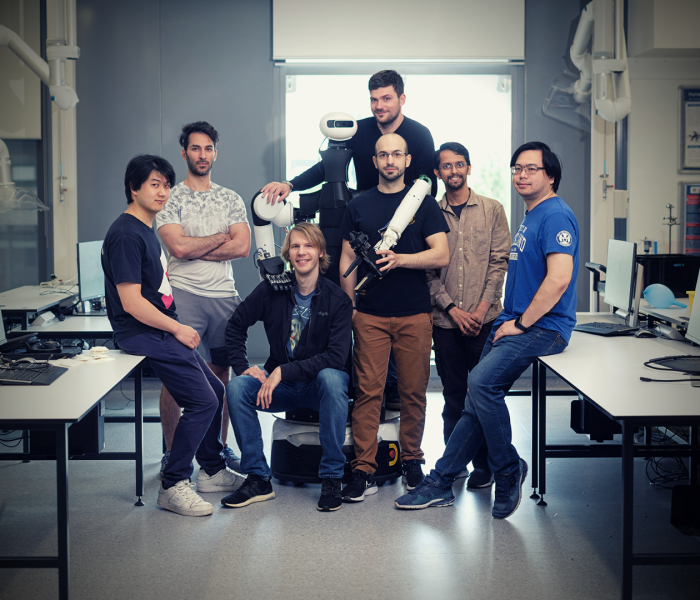
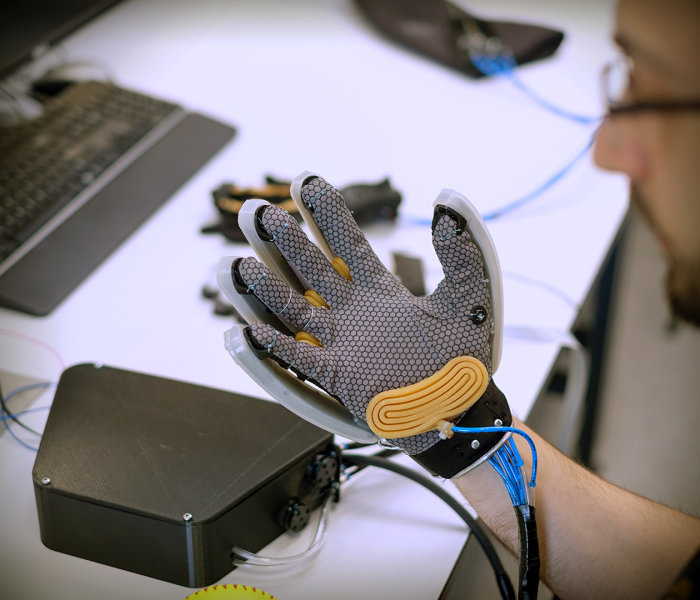
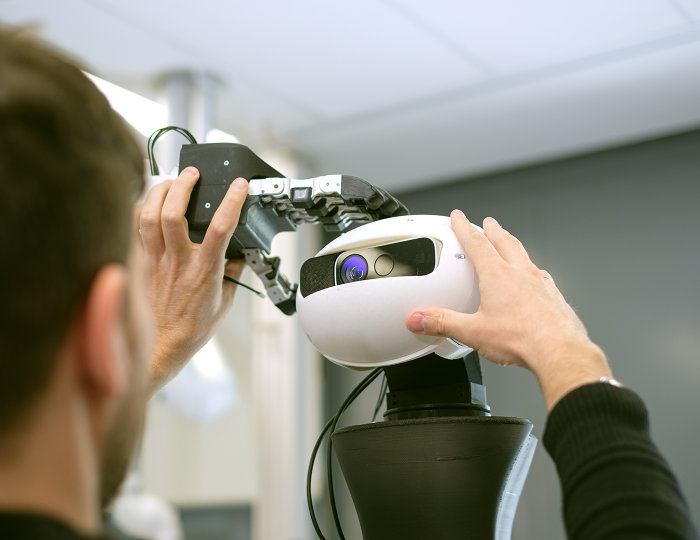
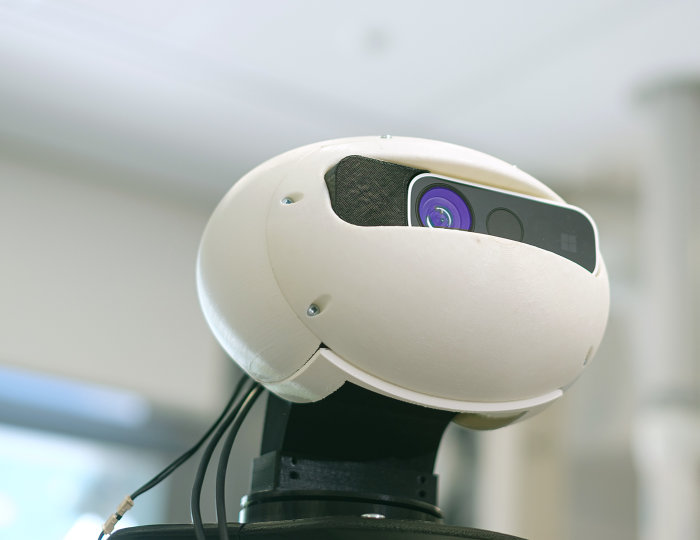
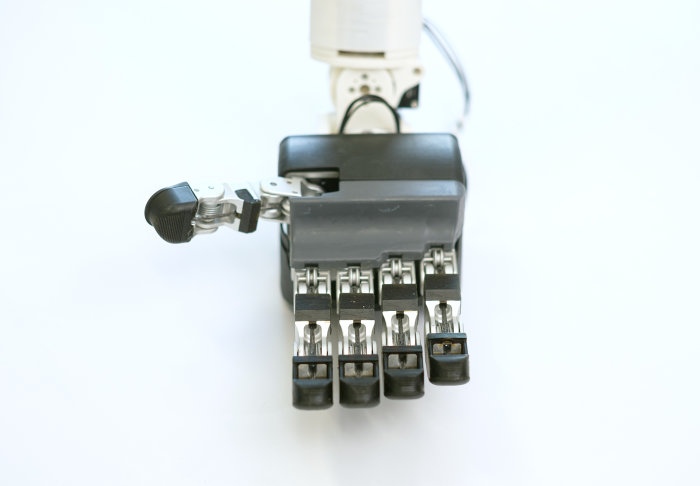
What helps ARoA perform her tasks effectively are the hand-like grippers designed and created by New Dexterity.
CONTROLLING ROBOTS WITH OUR MUSCLES AND OUR MINDS?
PhD student Anany Dwivedi is completing a PhD in muscle machine interfaces at Auckland University and has since built EMG based interfaces that can control the robot in an intuitive manner.
EMG (electromyography) is used to detect muscle movement. Sensors are attached to the skin of a human's arm and they pick up muscle movements the robot is then able to mimic. This technology is currently being used in ARoA.
The EEG (Electroencephalography) cap is placed on a human controller's head. Electrical signals travel from the brain through a conductive gel to the sensors. From here the aim is to decode the signals into an intention for movement so the robot can be controlled. The end goal of this technology is to allow a human to control robotic helpers using just their thoughts. This technology is still in development.
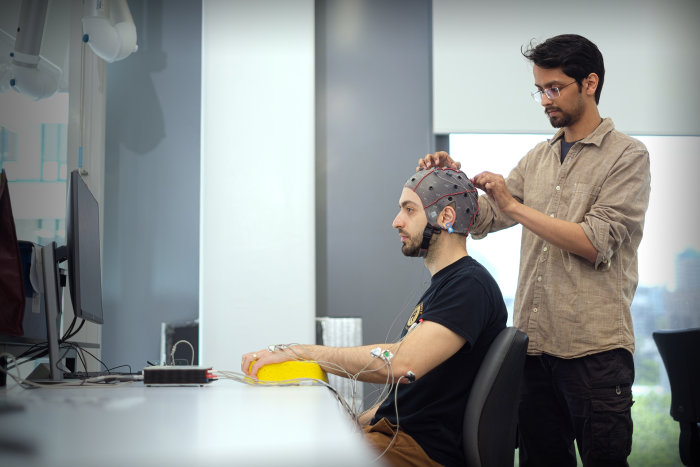
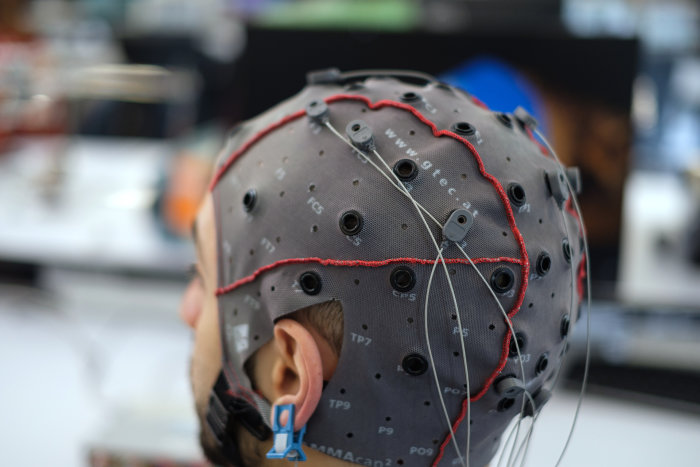
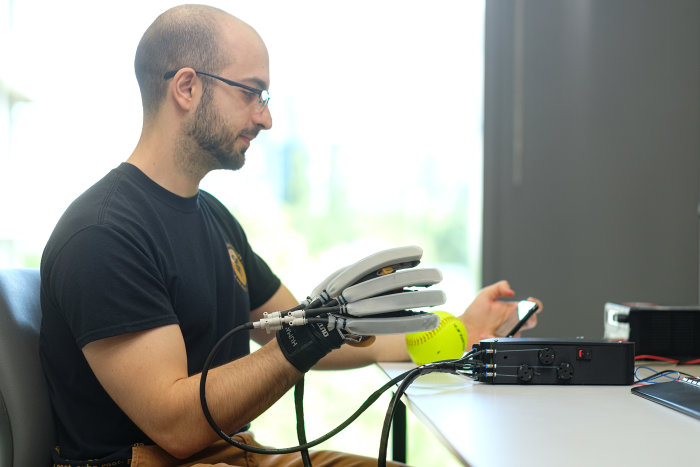
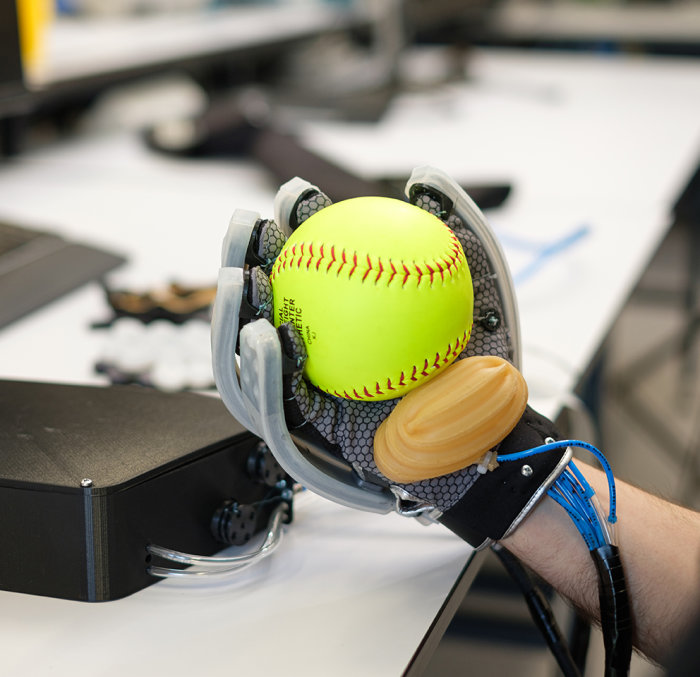
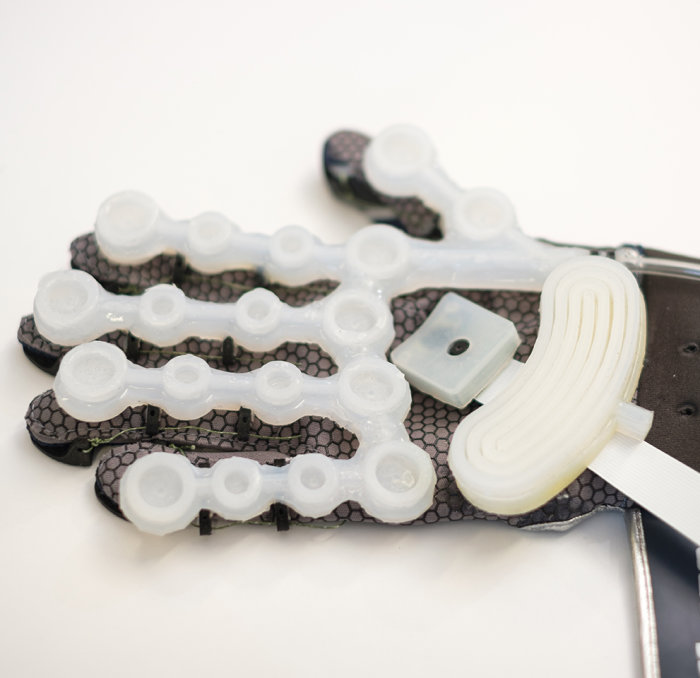


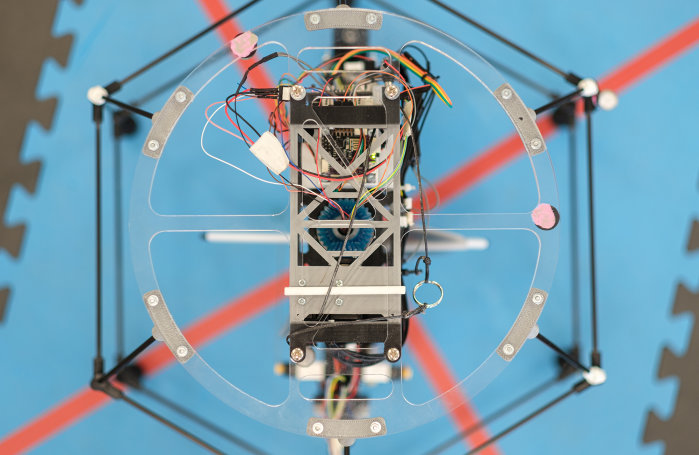
New Dexterity will keep innovating, creating, and developing cutting edge robotic technology that aims to help the world be a more convenient and accessible place for everyone. When asked where they see ARoA in one year, Dr. Liarokapis said, “We will have a fully developed second version of the platform that will be able to execute a wide range of everyday life tasks.”
Thanks to the work of New Dexterity and others in the robotics field we can expect to see robot assistants and enhancements becoming a part of our lives, helping us perform tasks with ease and skill and reducing the need for humans to complete dangerous, repetitive, uninteresting and, well, 'robotic' tasks.
Story by Makayla Wallace-Tidd. Photography by Richard Ng
CITE THIS ARTICLE:
Wallace-Tidd, Makayla. Human-like Robots or Robot-like Humans? New Dexterity is Bringing us Closer. MOTAT Museum of Transport and Technology. First published: 07 November 2020. URL www.motat.nz/interactive/new-dexterity